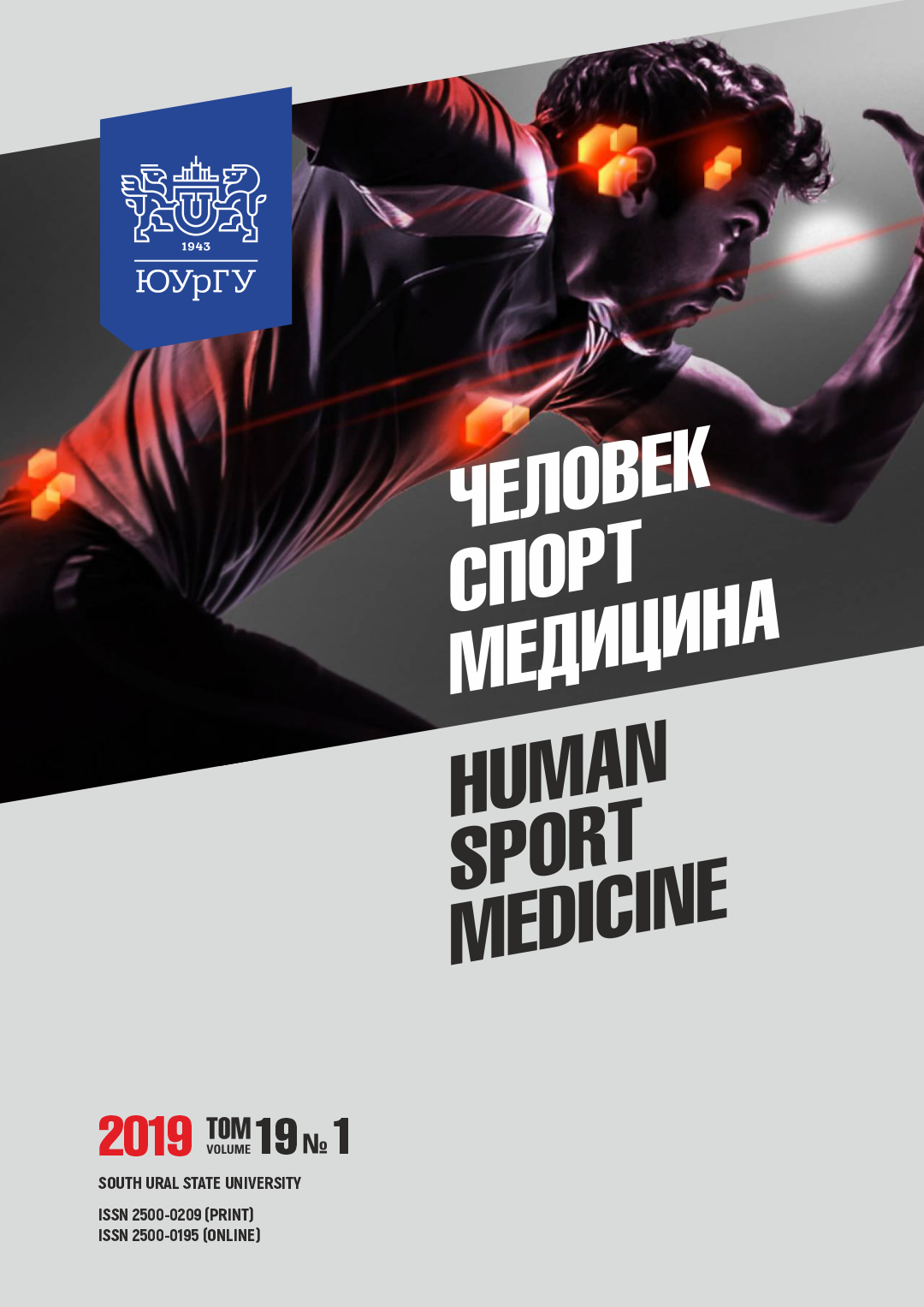INJURY RATE FACTORS IN EXTREME SPORTS ATHLETES WITH DIFFERENT MENTAL SELF-REGULATION TYPES
Abstract
Aim. The article deals with studying the injury rate factors in athletes with different peculiarities of mental self-regulation. Materials and methods. Male athletes aged 18–32 involved in cross-country motorcycle and bicycle races, snowboarding, and skateboarding participated in the study (n = 167). The following injury factors were taken into account: the number and severity of injuries, length of the recovery period, limitations on doing sport after recovery. The intensity of the following self-organization characteristics was assessed: determination, self-discipline, flexibility, perseverance, commitment to the current aim, and the general level of self-organization. The frequency of using the following mental self-regulation techniques during training and competitions was assessed: autosuggestion, self-persuasion, physical exercises, breathwork, auto-training, psycho-muscular training, motor imagery practice, visualization, and meditation. Results. Athletes with better-developed self-discipline and those practicing psycho-muscular training have fewer injuries while doing extreme sports. The injuries of athletes practicing psycho-muscular training are not so severe. Athletes with better determination and self-discipline recover faster after injuries. This can also be applied to those athletes who often use the techniques of autosuggestion, self-persuasion, psycho-muscular training, meditation, and visualization. Athletes with greater perseverance have fewer limitations on doing sport after recovery. This is also true for athletes practicing autosuggestion, self-persuasion, and meditation. No differences in the injury rate of cross-country motorcyclists, snow- and skateboarders were revealed. Conclusion. It is appropriate to treat the peculiarities of mental self-regulation as a factor affecting the injury rate of athletes practicing extreme sports.
References
References on translit
Copyright (c) 2019 Human. Sport. Medicine

This work is licensed under a Creative Commons Attribution-NonCommercial-NoDerivatives 4.0 International License.















